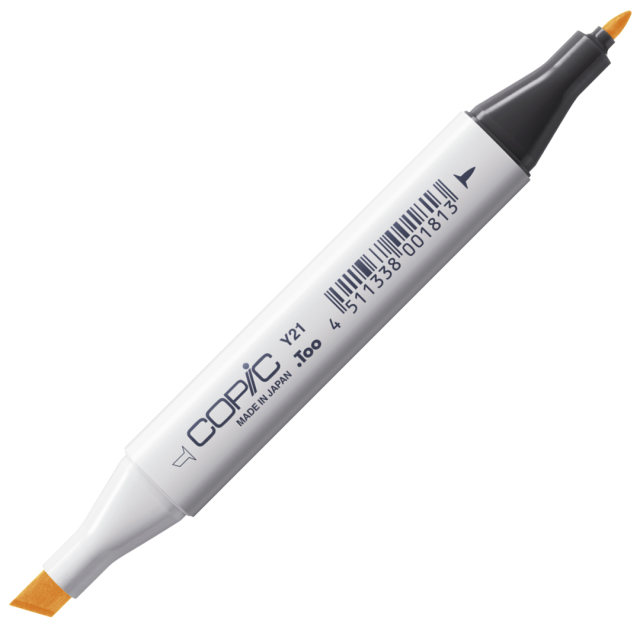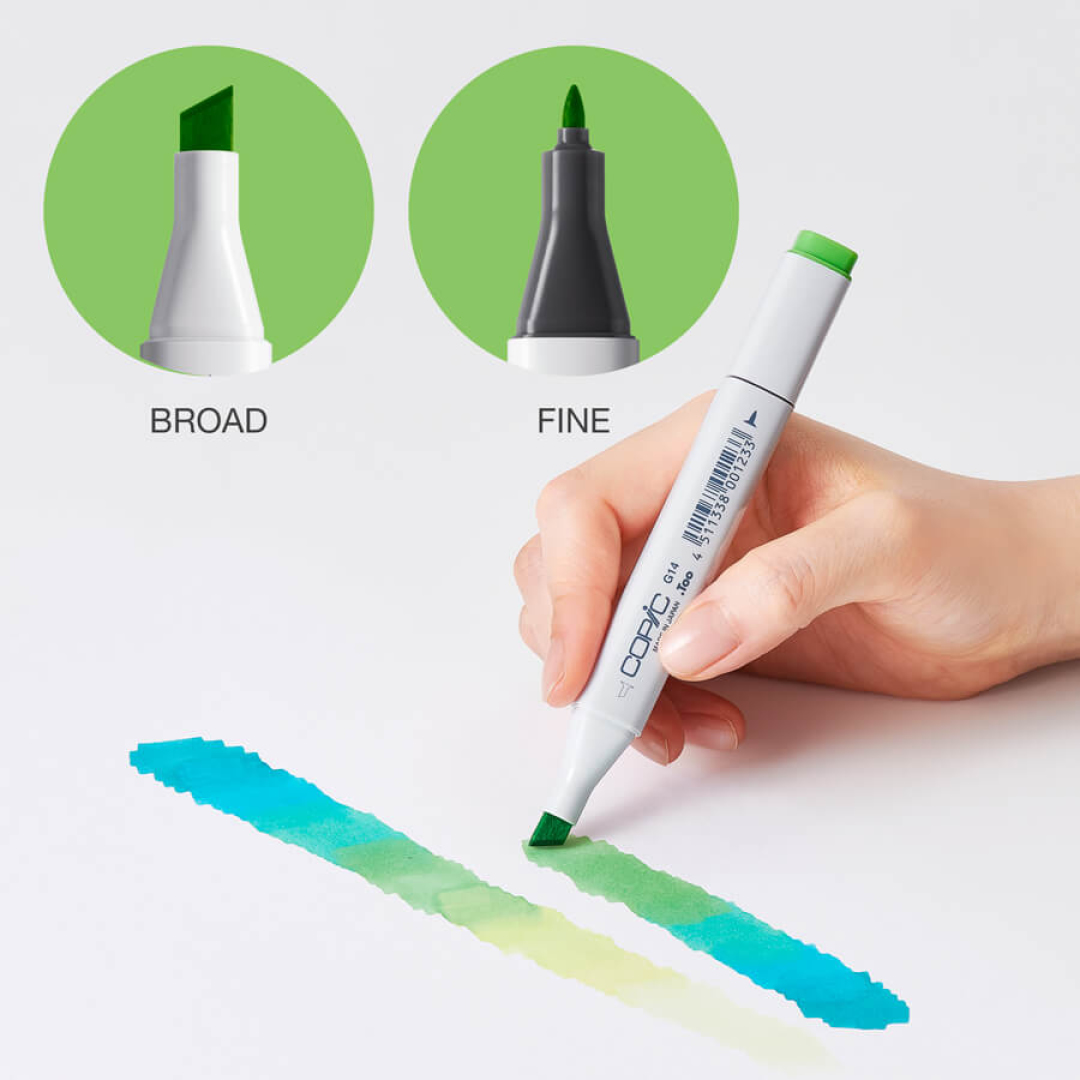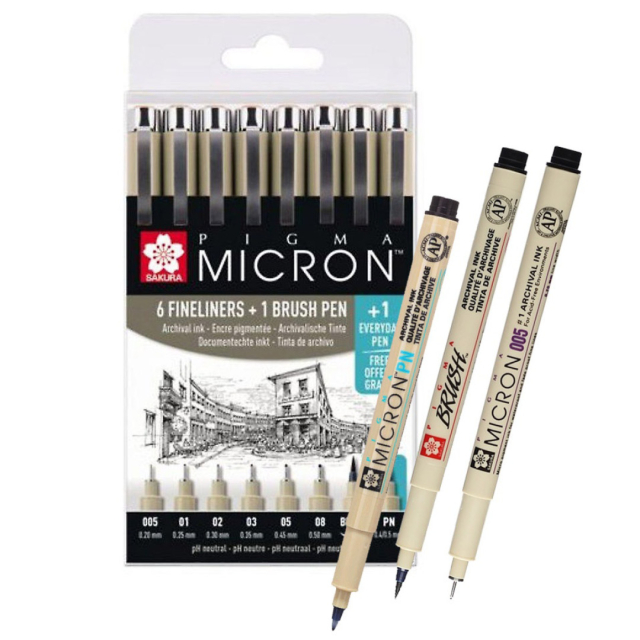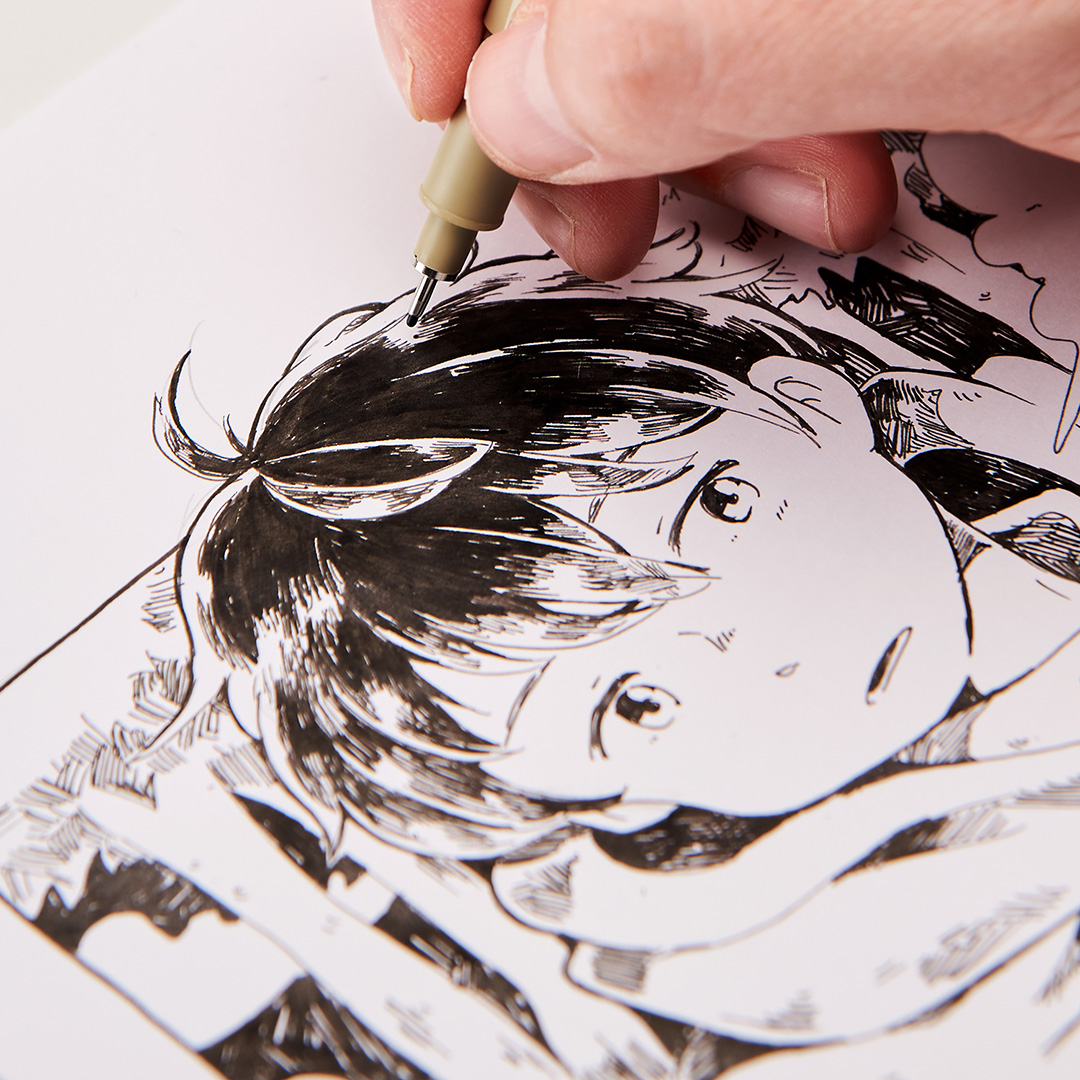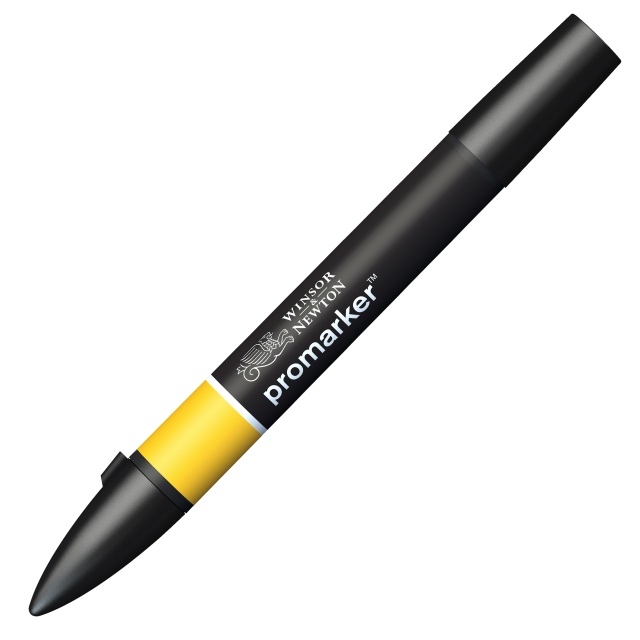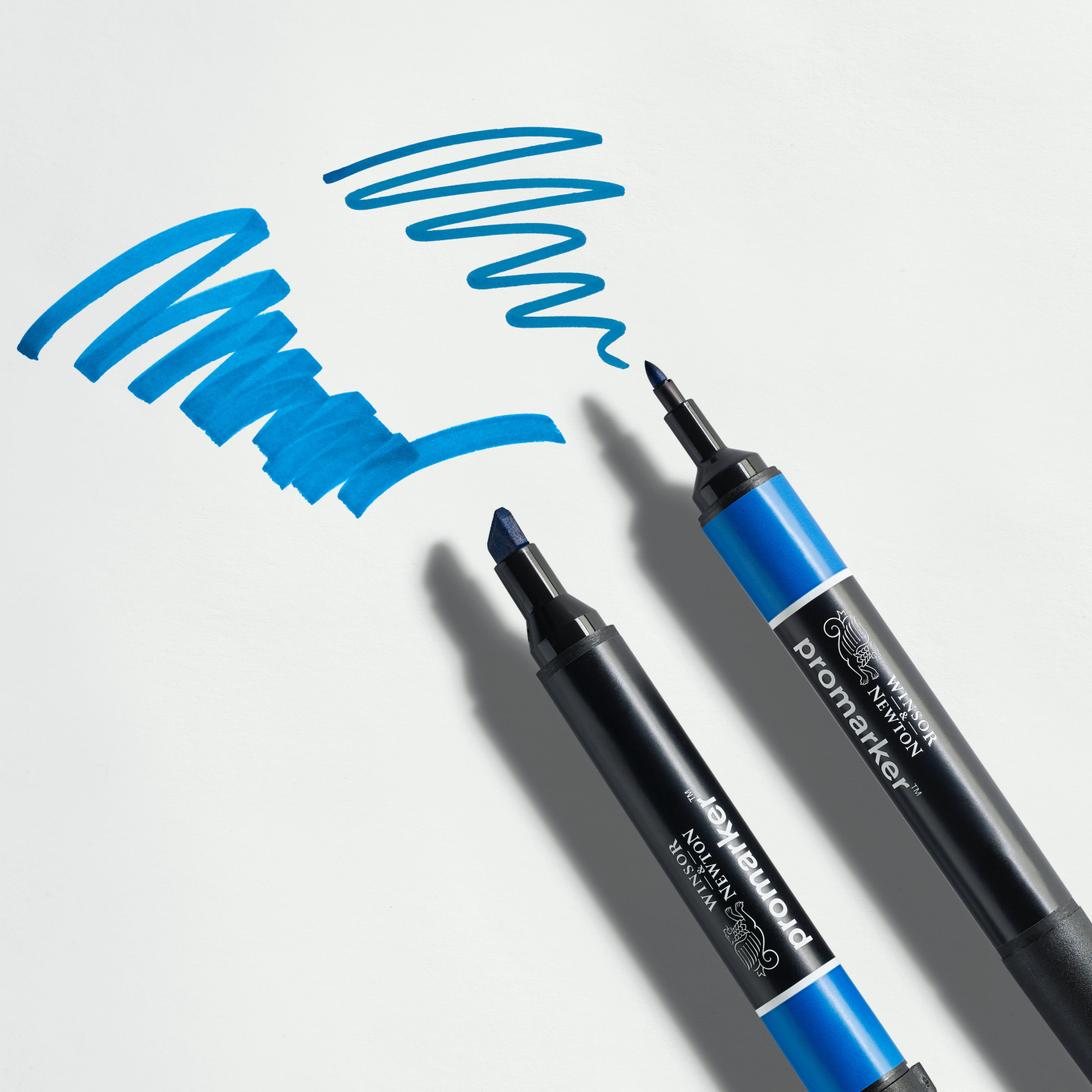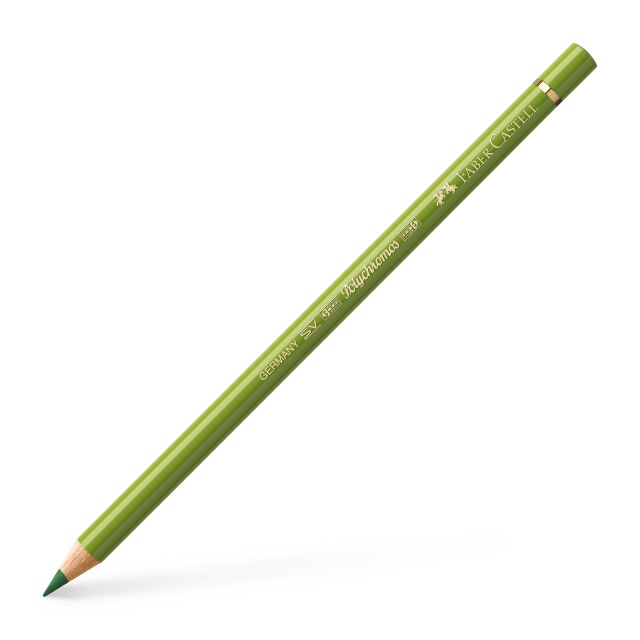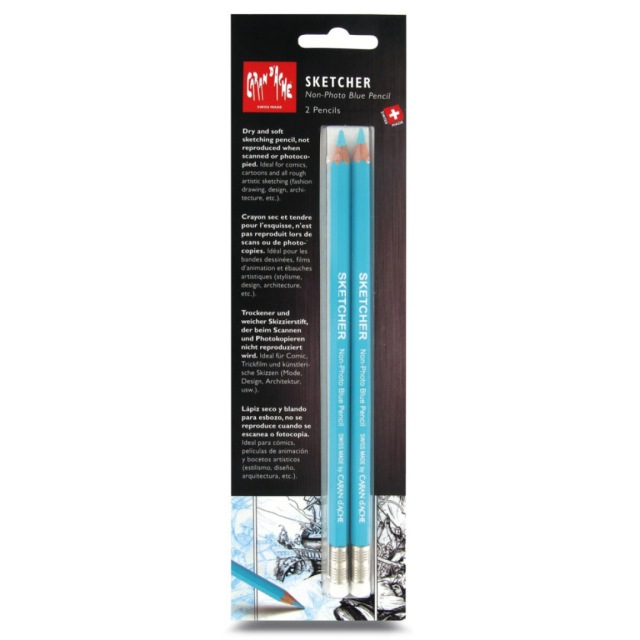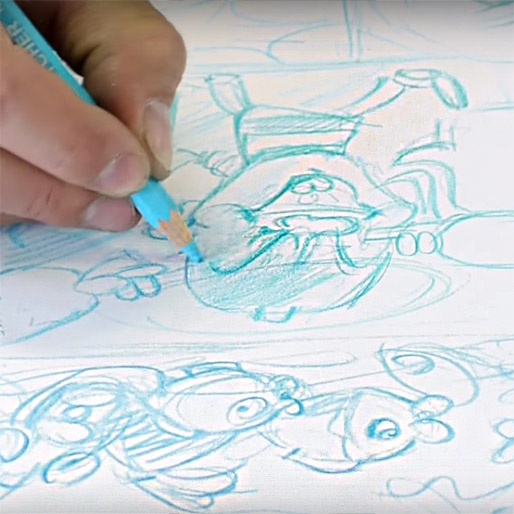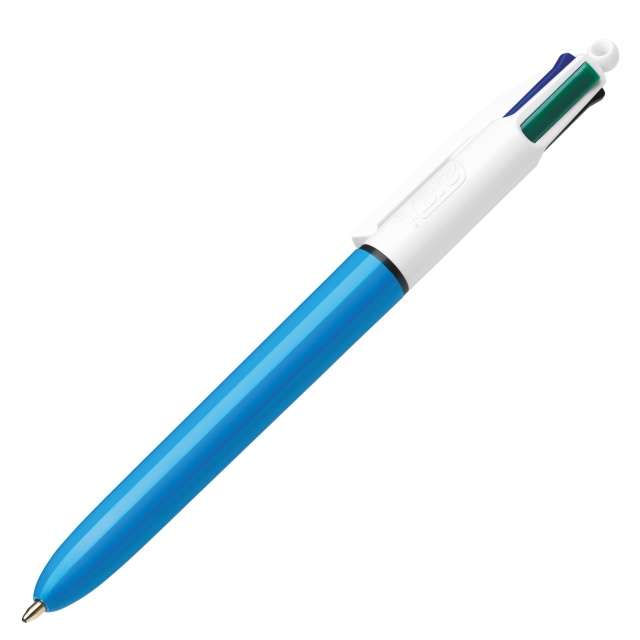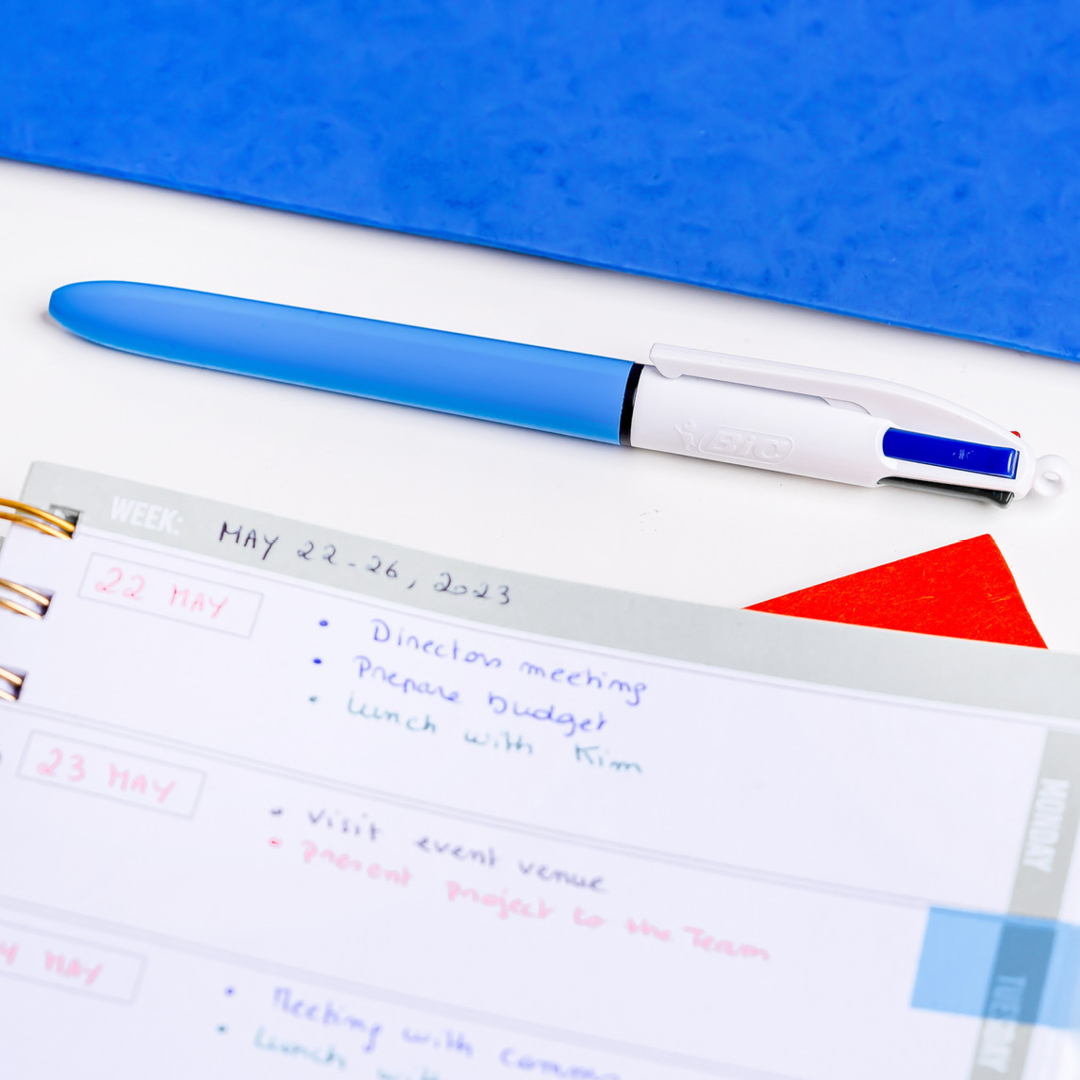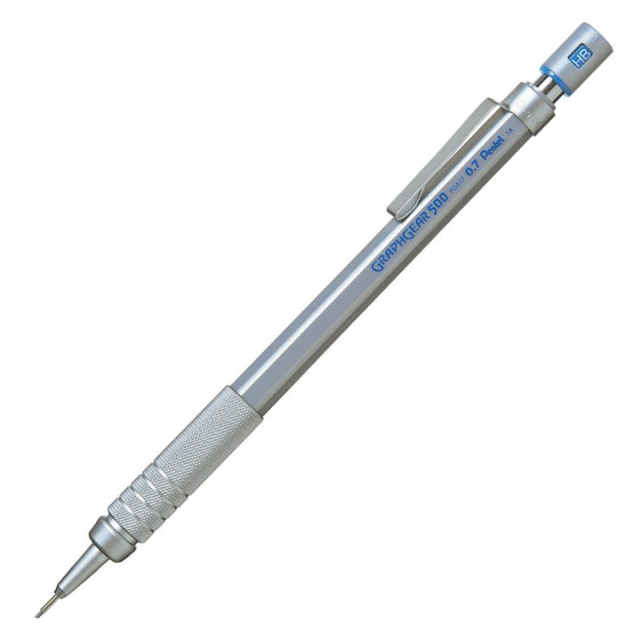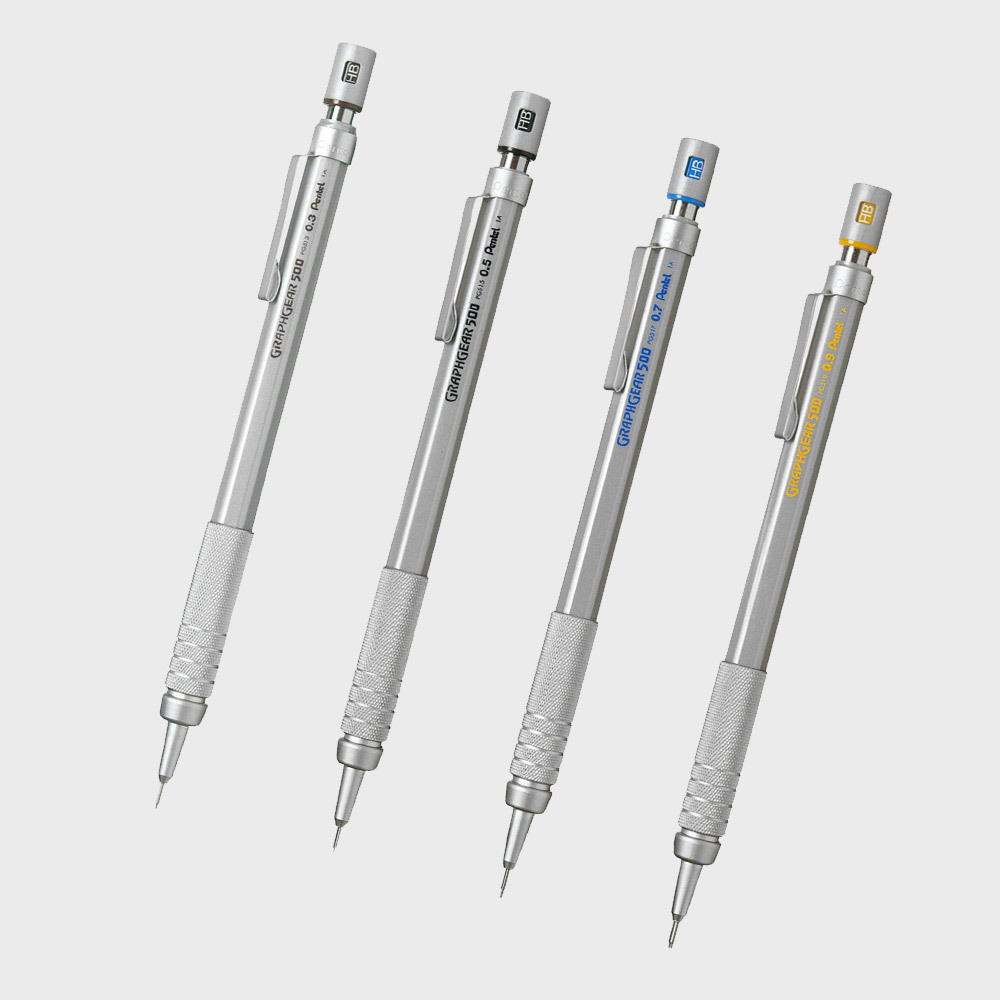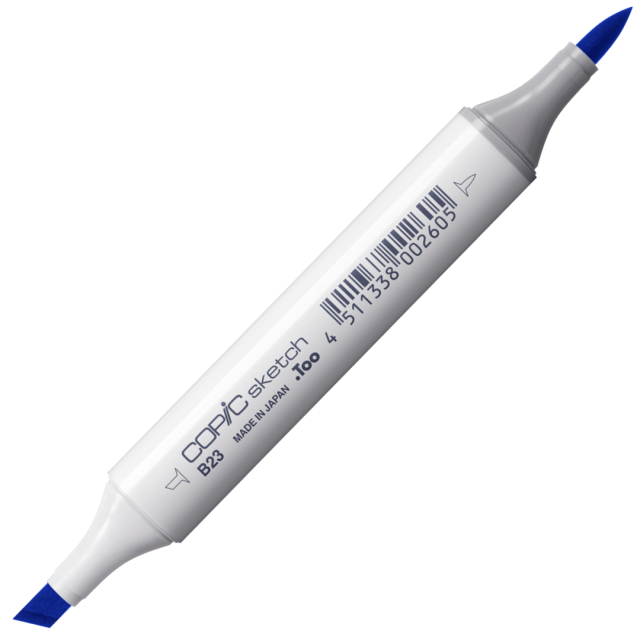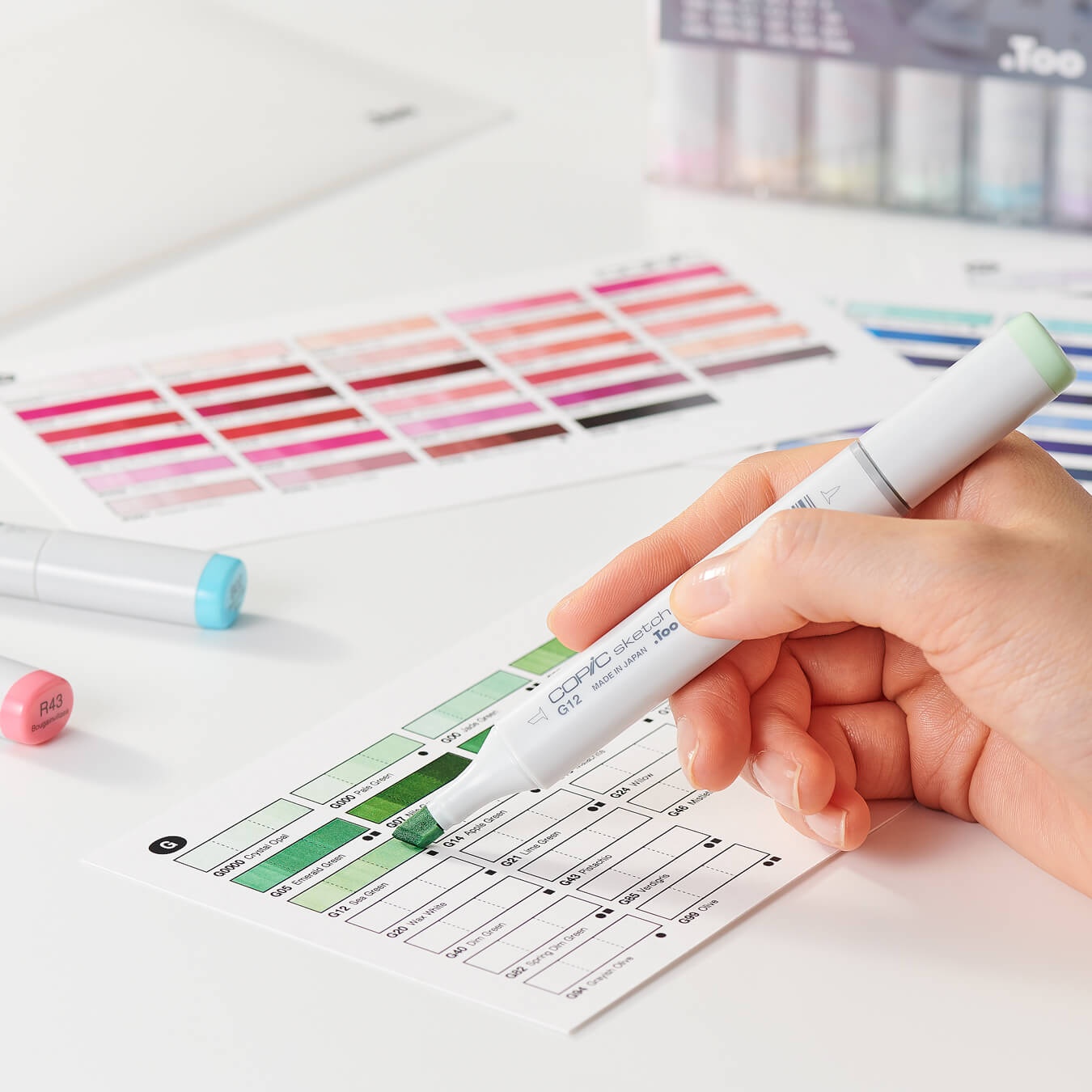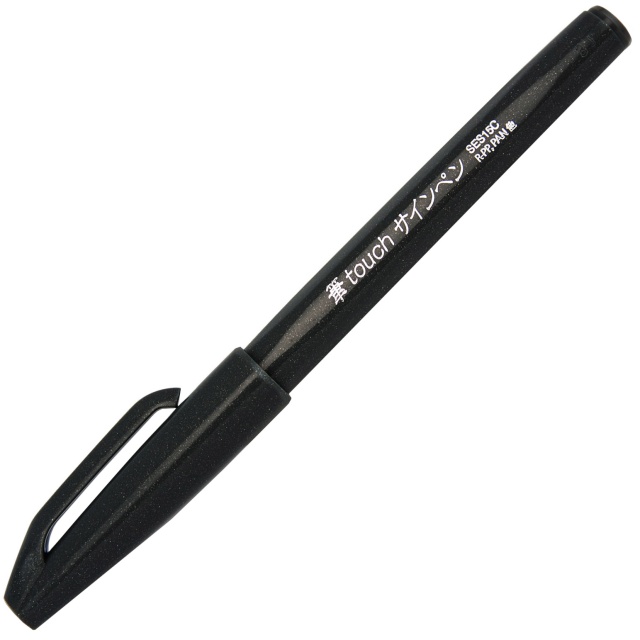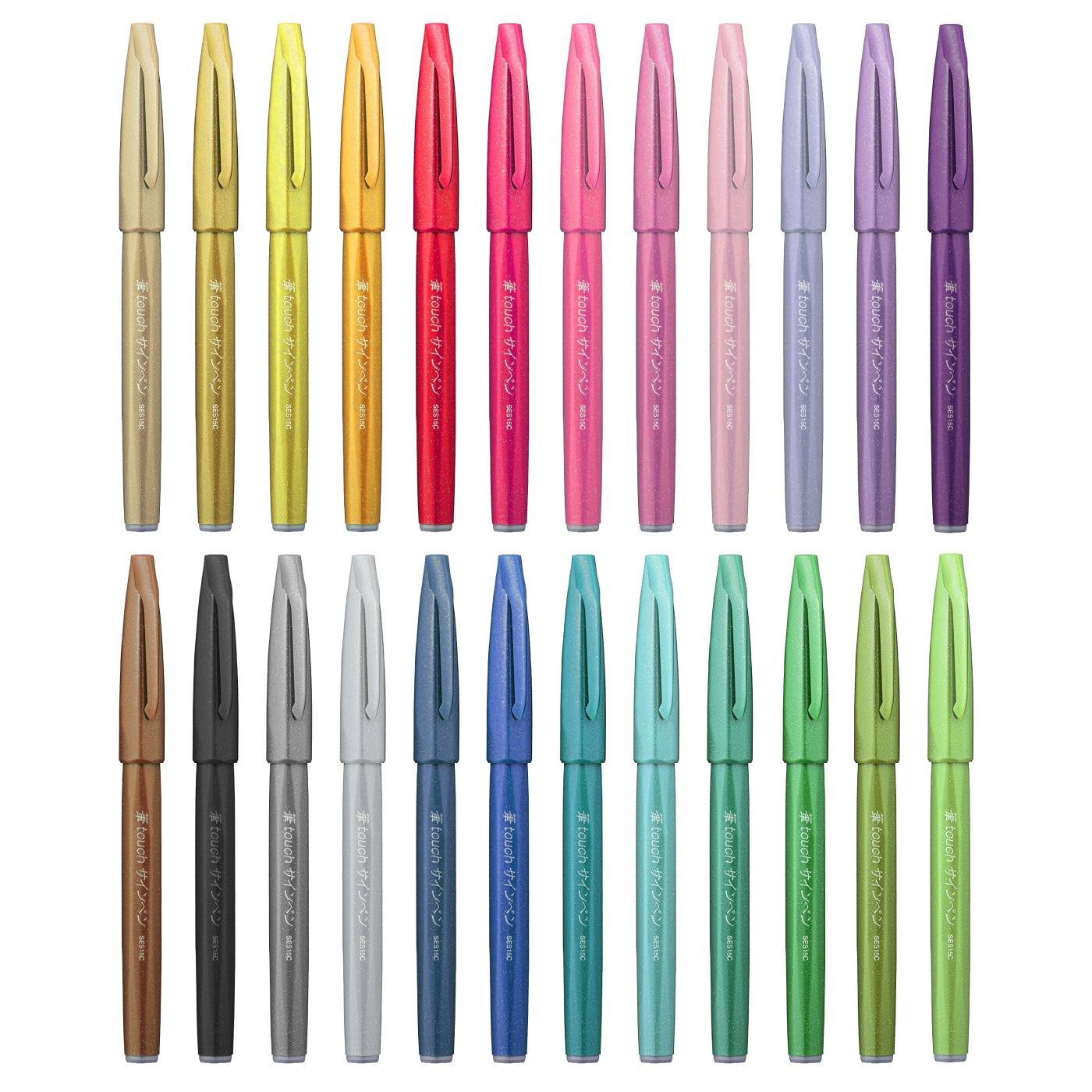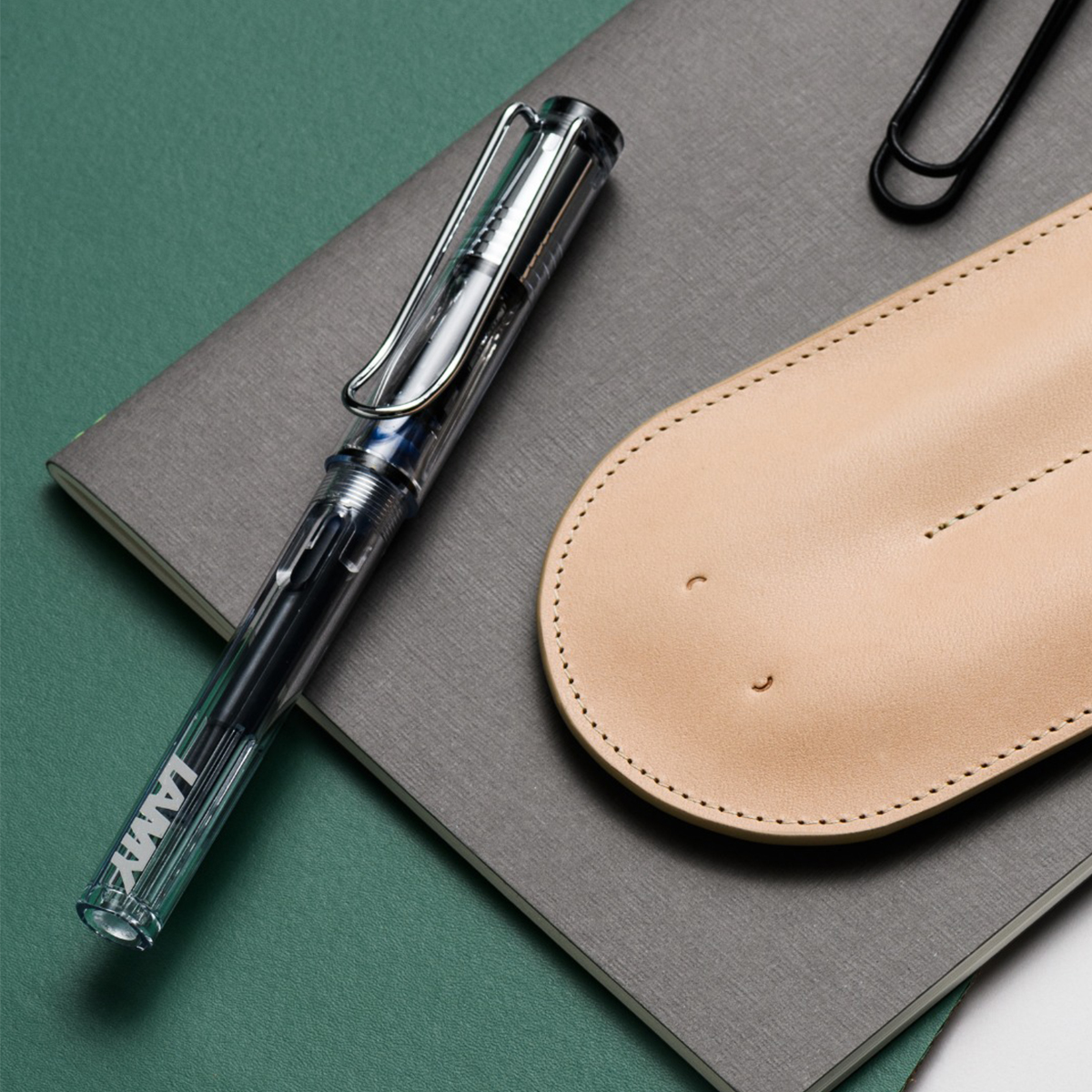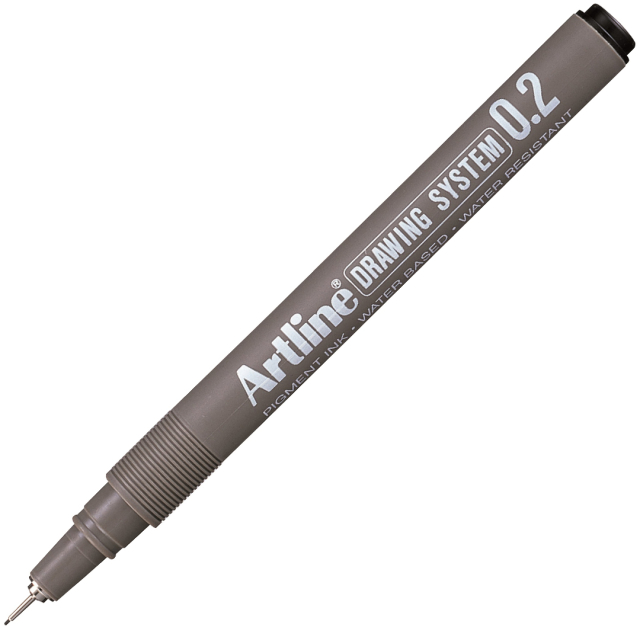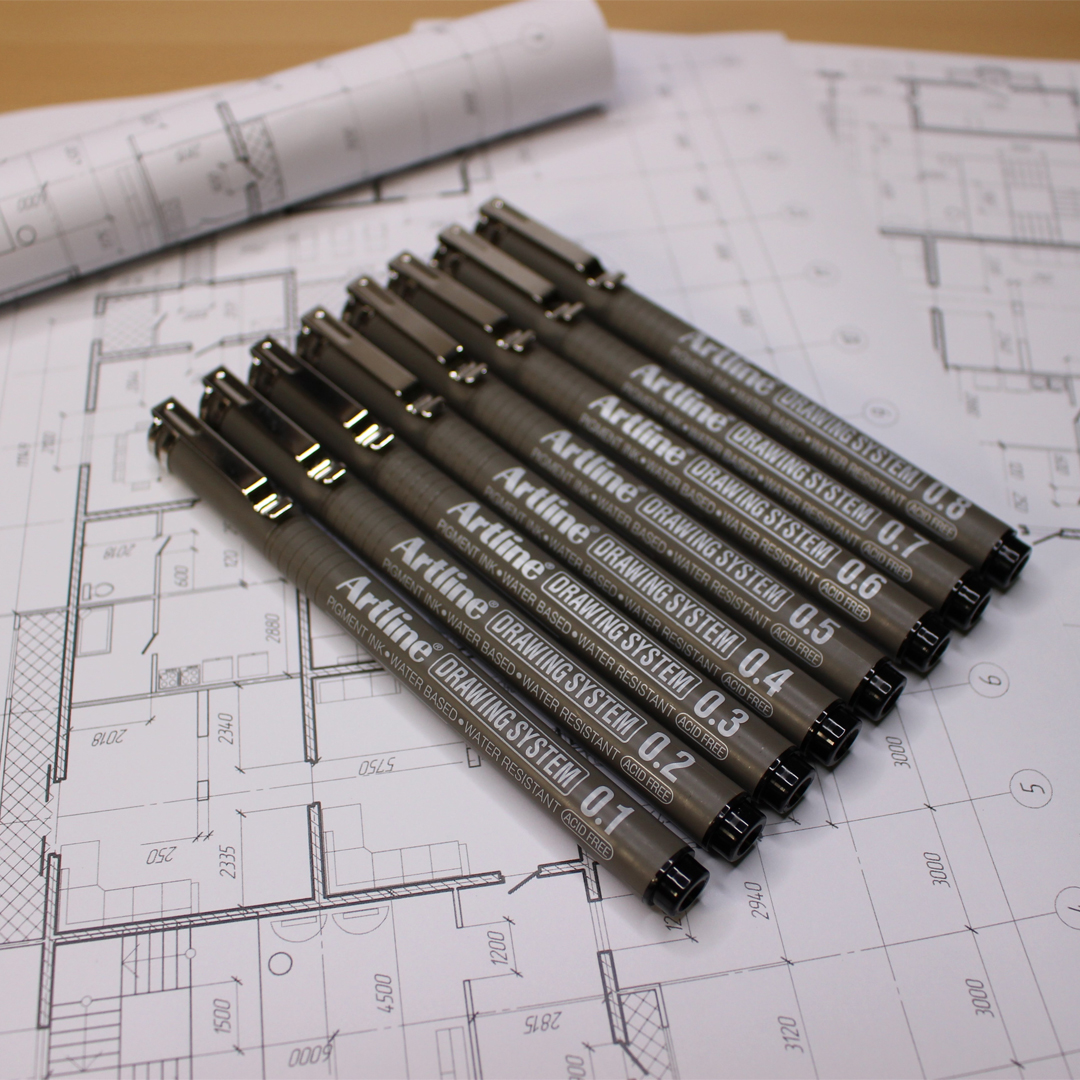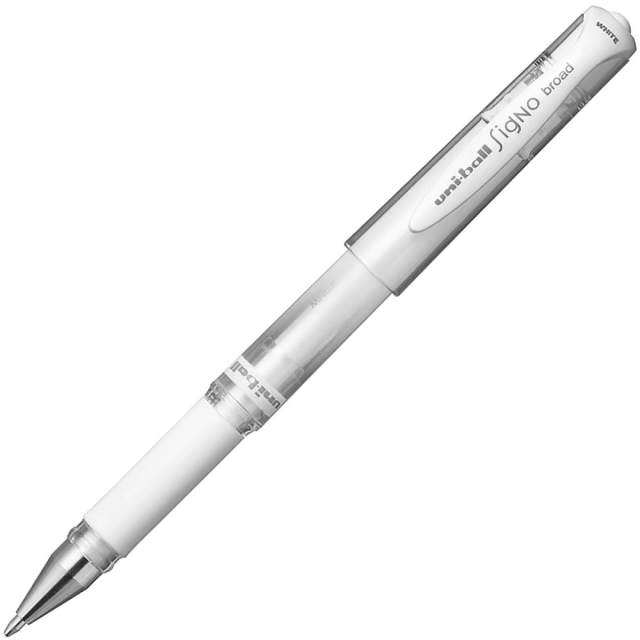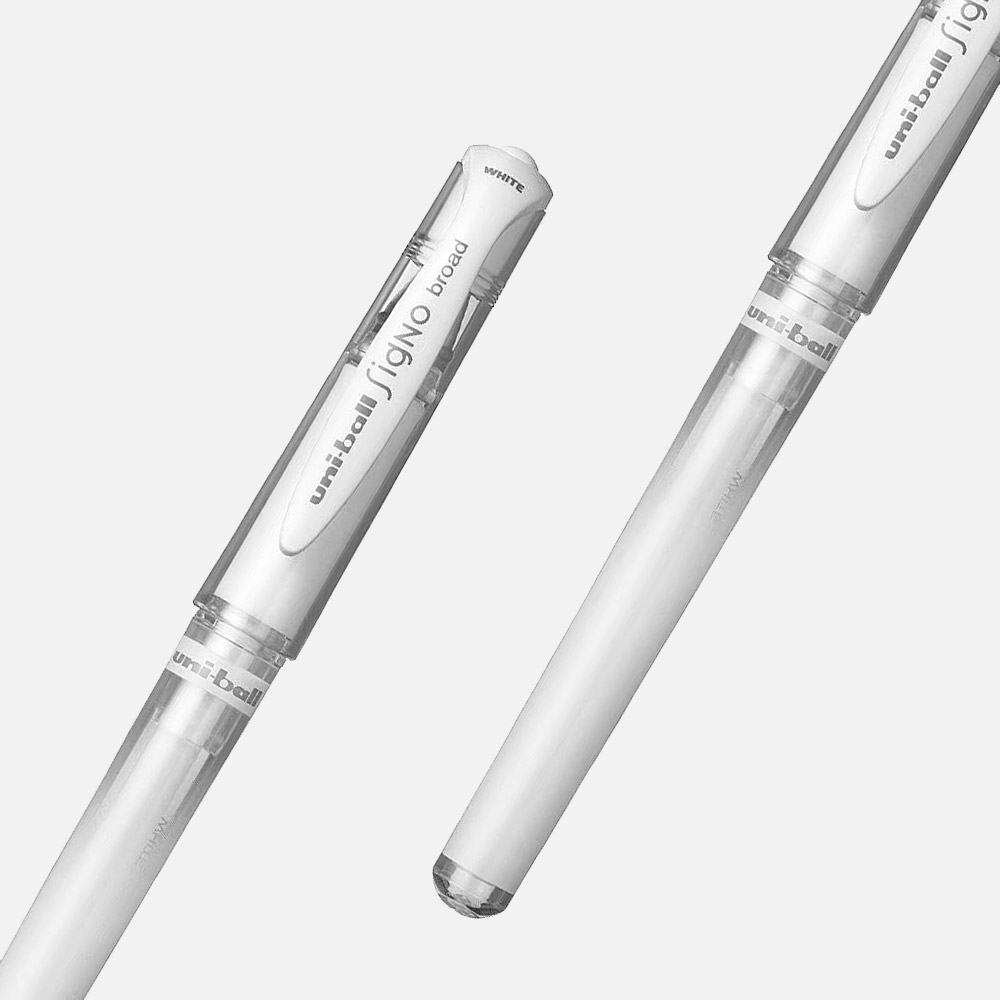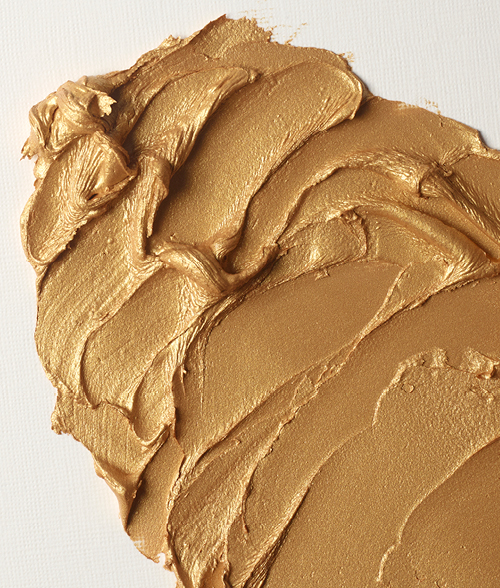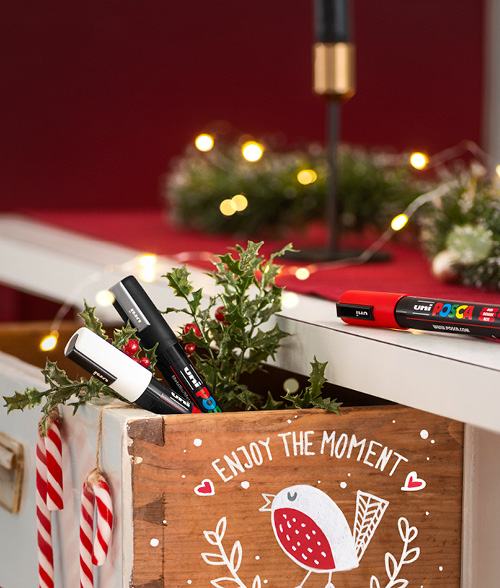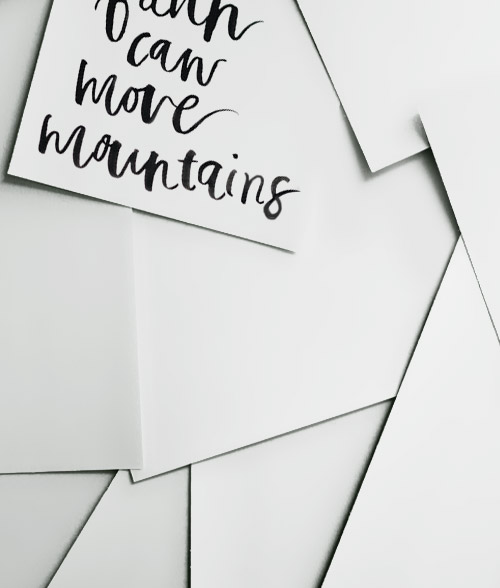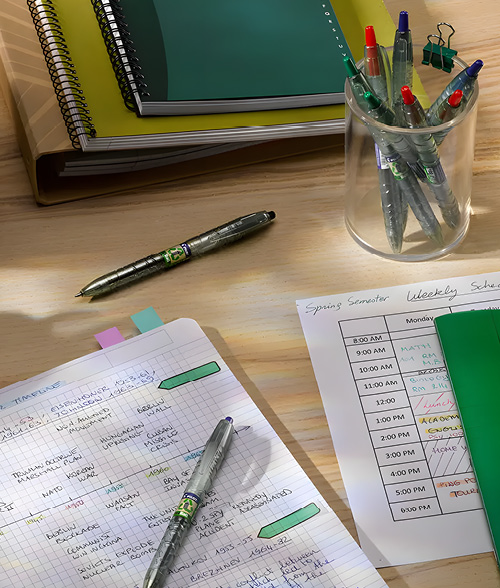Love is currently in his fourth year at KTH, where he is studying for a Master of Science in Engineering in Design and Product Development. Alongside his studies, he teaches sketching techniques—something he is truly passionate about. We’ve had a sneak peek into Love’s creative world. How do you draw different perspectives? What are his best tips for improving your sketching skills? Get inspired by his techniques and Love’s fantastic illustrations.
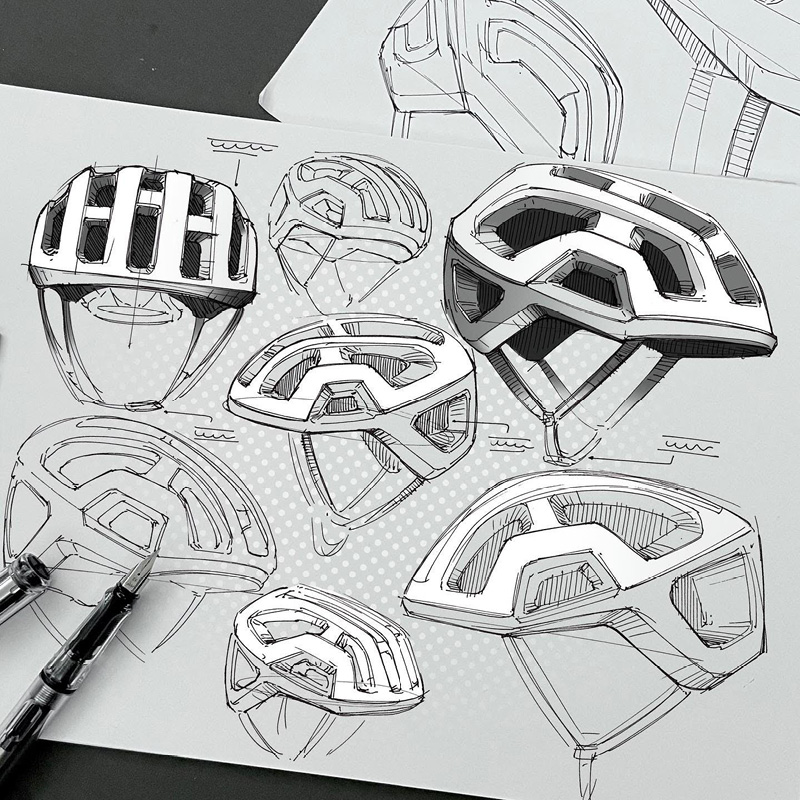
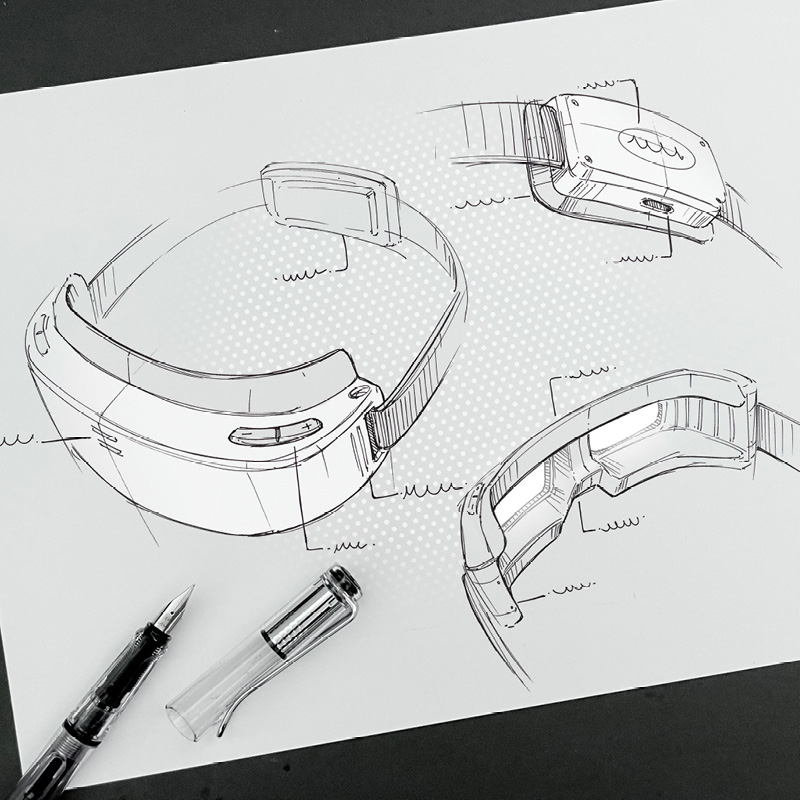
Where does your interest in product design come from?
I’ve always enjoyed being creative and have had an interest in making things and solving problems. Product design brings these three things together in a way that suits me really well. It’s all about creating innovative and practical solutions to real-world problems through the design process.
As a product designer, you get the chance to work with everything from technology and materials to ergonomics and usability. You can experiment with shapes, colours, and textures to create products that are both visually appealing and functional. It also means you need a solid understanding of users’ needs and expectations, which you develop by working through the design process. My favourite aspect of product design is the interplay between function and appearance.
Creating something from scratch—from an idea to a finished product—is a rewarding experience, especially when it solves a real problem or fulfils a need. Product design offers a way not only to express yourself creatively, but also to help others and make a difference in their lives. All in all, product design is an exciting and rewarding career path for those who love being creative, making things, and solving problems. As a product designer, you can take an idea from sketch to finished product and make a real impact on the world.
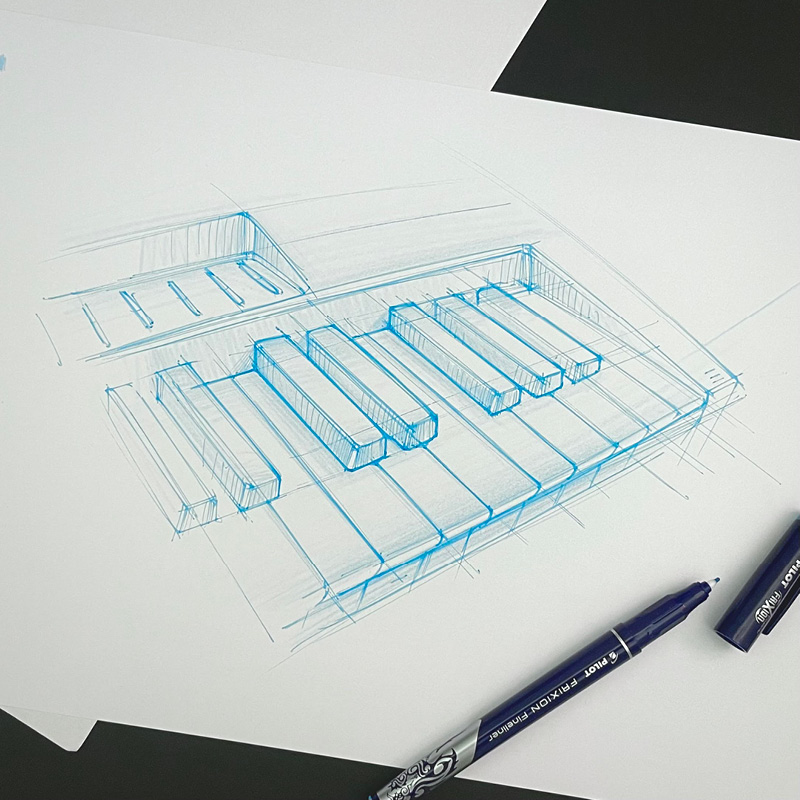
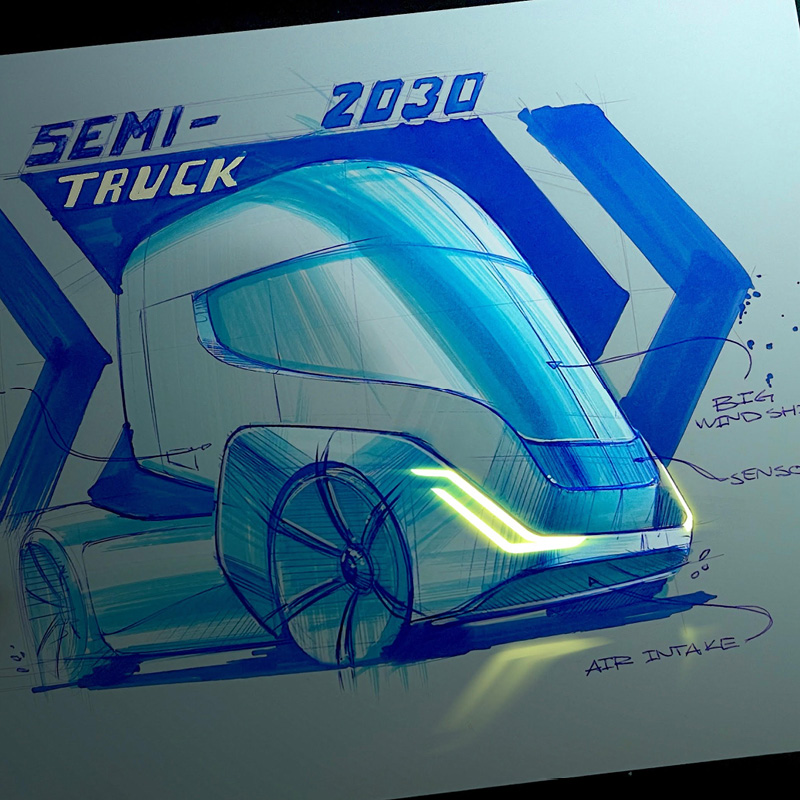
When did you realise you were creative?
I’m not sure it was something I suddenly noticed. I’ve always been creative and expressed that in different ways—by making things, solving problems or simply through curiosity. In many ways, I still have the same interests I had as a child, and I think that’s one of the reasons I’ve stayed creative.
I believe almost everyone is born creative, but many people are discouraged from staying that way or experience something that causes them to lose confidence in their creativity. We're often told what’s right and wrong, which can be really stifling. To be creative, you need to feel that you can create or do anything without your idea being dismissed.
I’ve always been allowed to be creative. It’s something I’ve been encouraged to do, often because people around me thought I was good at drawing. That led to me developing my drawing into product sketching when I started at KTH, where I’ve continued to be encouraged to sketch and be creative.
Are there any objects you especially enjoy sketching?
What I enjoy sketching changes all the time. It can be anything from natural elements like plants to technical objects like computer mice. When I sketch, I like to get a sense of how the product feels and how it will be used. So I often include a hand holding the object or arrows indicating some kind of function to help me visualise how it will be used in real life.
I had a phase a few years ago where I became fixated on sketching lighters, so I did that for a couple of weeks. Another time, I only sketched hairdryers. Right now, I’m sketching a lot of lorries. Sometimes I’ll spend an evening just sketching one type of product—like headphones, power banks or an interesting combination of shapes. During those periods, I become completely focused on learning how to draw that product in lots of different ways, and I won’t stop until I feel satisfied.
I’ve always had a particular interest in sketching cars. It’s fun but also challenging, which makes it exciting. I’ve never really felt like I’ve mastered drawing cars, and that might be why I never get tired of sketching them. Every time I draw a car, I try to learn something new and challenge myself to improve.
Recently I’ve started using Photoshop to add effects to my sketches, which makes them more vibrant and interesting. For example, I might make the headlights on the vehicles glow, highlight a specific idea I want to emphasise, or add an interesting background.
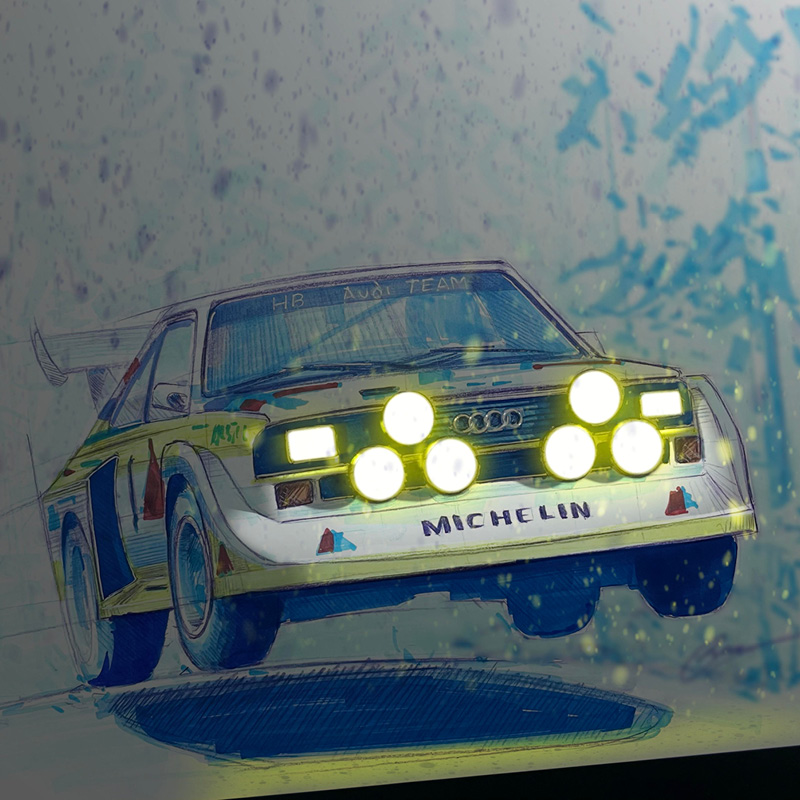
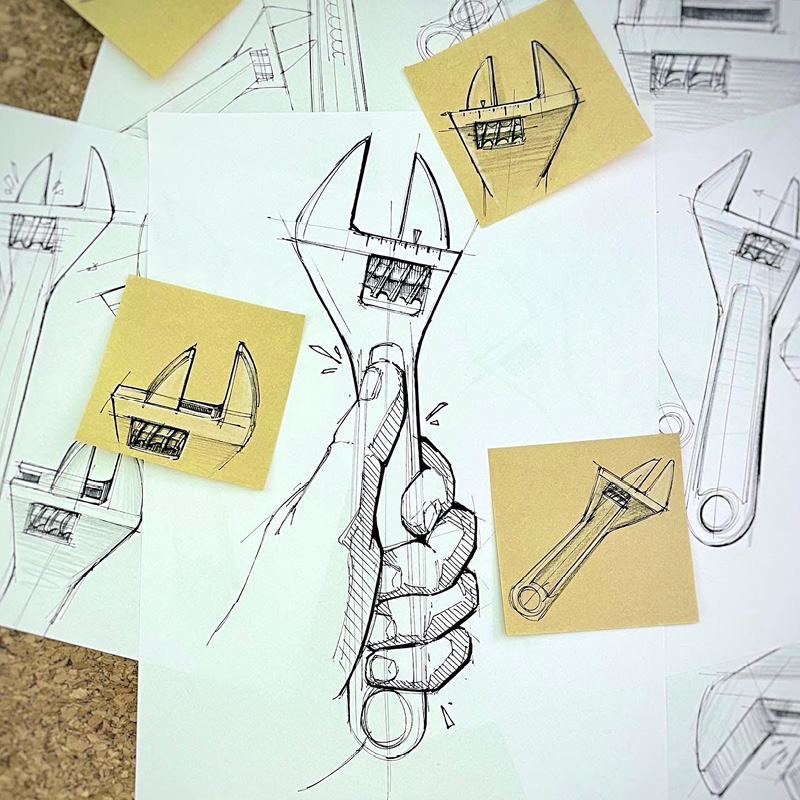
What are your best tips for drawing in perspective?
Perspective is incredibly important in a sketch or drawing. If the perspective is off, the image will look strange or wrong, and it can be hard to understand why. The first thing to do before sketching in perspective is to develop a solid understanding of the subject. You can learn a lot from YouTube or books. I recommend the book *How to Draw* by Scott Robertson. It covers everything you need to know about perspective. Here are a few tips I’ve picked up that I find useful:
Tip 1: Know the horizon line
One helpful thing to know is that the horizon line is the same as eye level. When you’re starting out with perspective drawing, it can be hard to tell whether you’re looking at the top or bottom of an object. This tip helps: If the horizon line (eye level) is above the object, you’ll see the top of it. If it’s below, you’ll see the underside. If the object sits on the horizon line, you won’t see either.
Tip 2: Play with the vanishing points
If your vanishing points are close together, it will look like you’re standing close to the object. If you place the vanishing points farther apart, it will appear as if you’re standing farther away. Placing the vanishing points close together can also make a product feel more dynamic.
Tip 3: Use off-page points
A common challenge is following vanishing points that fall outside the paper. This is something you get better at with practice. I often recommend placing a physical object, like a piece of chocolate, off the page to represent the vanishing point, and then drawing your lines towards that point. Once you feel confident using the off-page point, you can reward yourself by eating the chocolate.
Tip 4: Master the perspectibe
The most common mistake I see people make is with circles and cylinders in perspective. This is probably one of the hardest things to get right. The more you practise drawing in perspective, the less you’ll need to think about it, it’ll come naturally. That’s why it’s so important to master it. When I sketch products, I often use three-point perspective with elements of five-point perspective. This usually gives the sketch extra depth and dynamism.
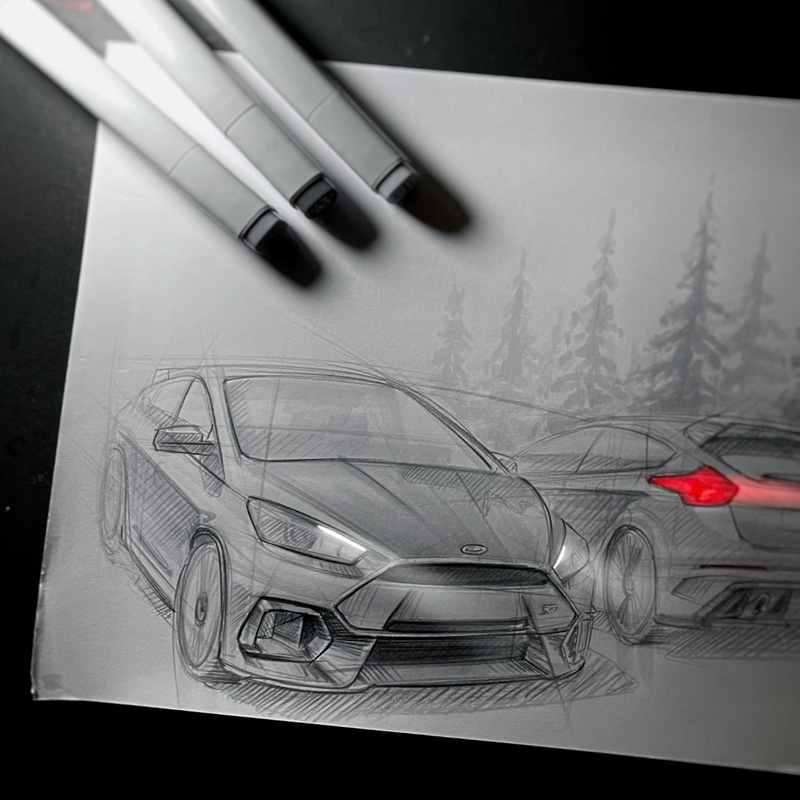
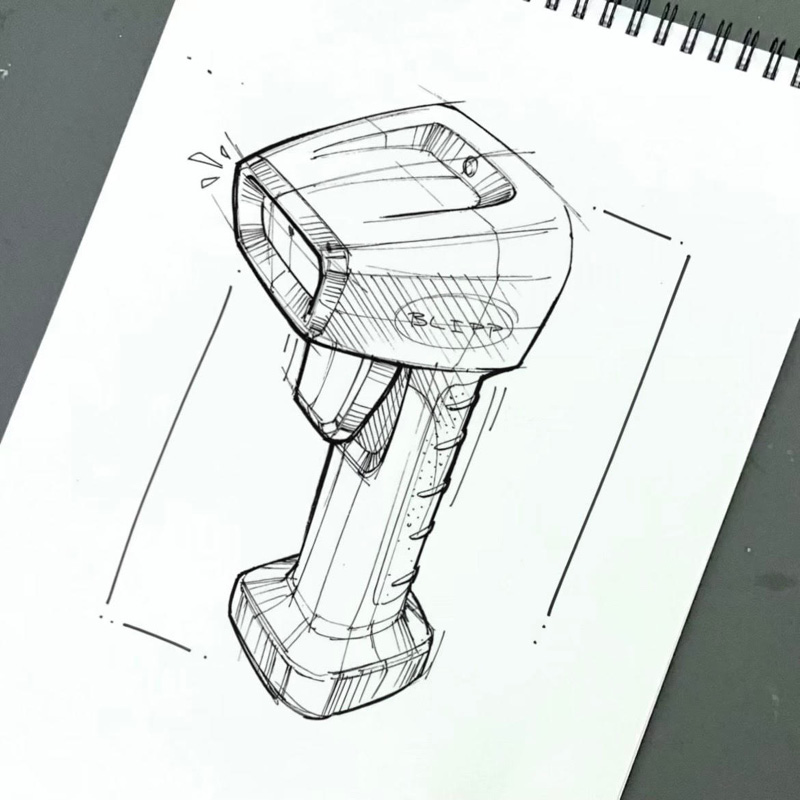
Which tools and products can you not live without?
The single most important product for me when sketching is copy paper. I sketch for several hours every day, so I go through a lot of paper. This might sound terrible, but I probably throw away 95% of my sketches because most of the time I’m only sketching to practise, not to produce something worth showing, and I simply don’t have space to keep them all.
Copy paper is brilliant because it’s cheap, and you don’t feel guilty about "wasting" a page from your sketchbook. I usually use a bulldog clip to keep the sheets together, and at the bottom of the stack I have something sturdy like thick watercolour paper or cardboard for support.
Whether it’s pens or paper, it’s important to me that I never feel anxious about using up materials. If I worried that my pen would run out from too much use or that my nice sketchbook would be filled with messy drawings, I wouldn’t feel comfortable practising. One of my best tips for getting good at sketching is to not be afraid to use up paper and pens. Buy cheap copy paper and a budget ballpoint pen for practice.
Do you have any favourite brands you use?
I love experimenting with different brands and pens. I’ve developed a lot simply by trying out various pens, and it’s also helped me discover my sketching style. A few brands I’ve become especially fond of are Copic markers and fineliners, the Pentel Sign Pen, and the Lamy fountain pen.
What are your top tips for improving your sketching?
Here are a few tips that can make a big difference for anyone looking to improve their sketching skills:
- Use your whole arm when drawing lines.
- Don’t be too precise or careful with your sketches. If you try to make everything perfect, every small mistake will stand out more. If you’re more relaxed and sketch loosely, the eye won’t catch on the little flaws as much.
- Don’t overwork your sketches.
- Intentionally leave your sketches unfinished to focus on key details.
- Be confident (fake it till you make it).
- Practise, practise, practise... and then practise some more.
 Ireland (EUR)
Ireland (EUR)

